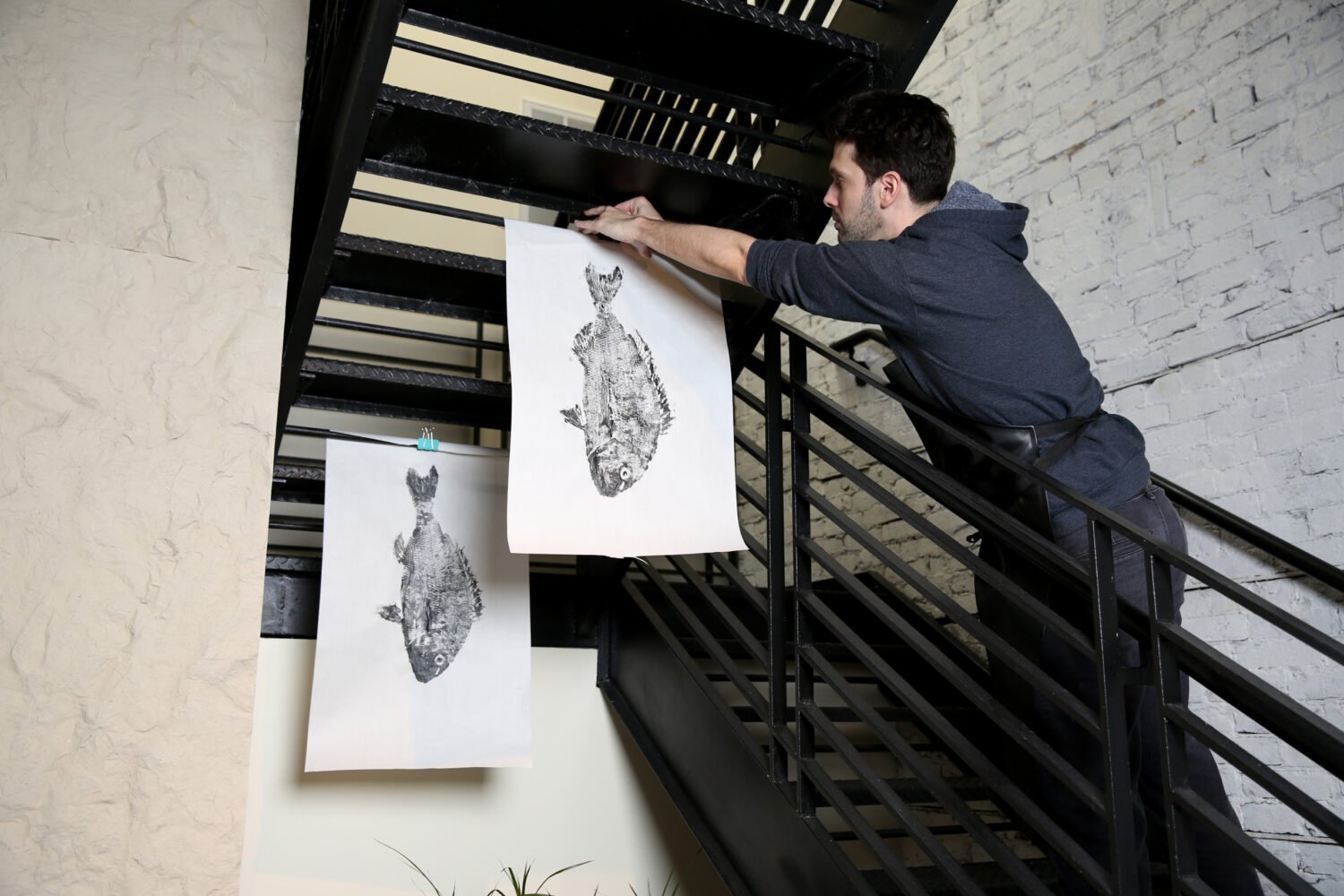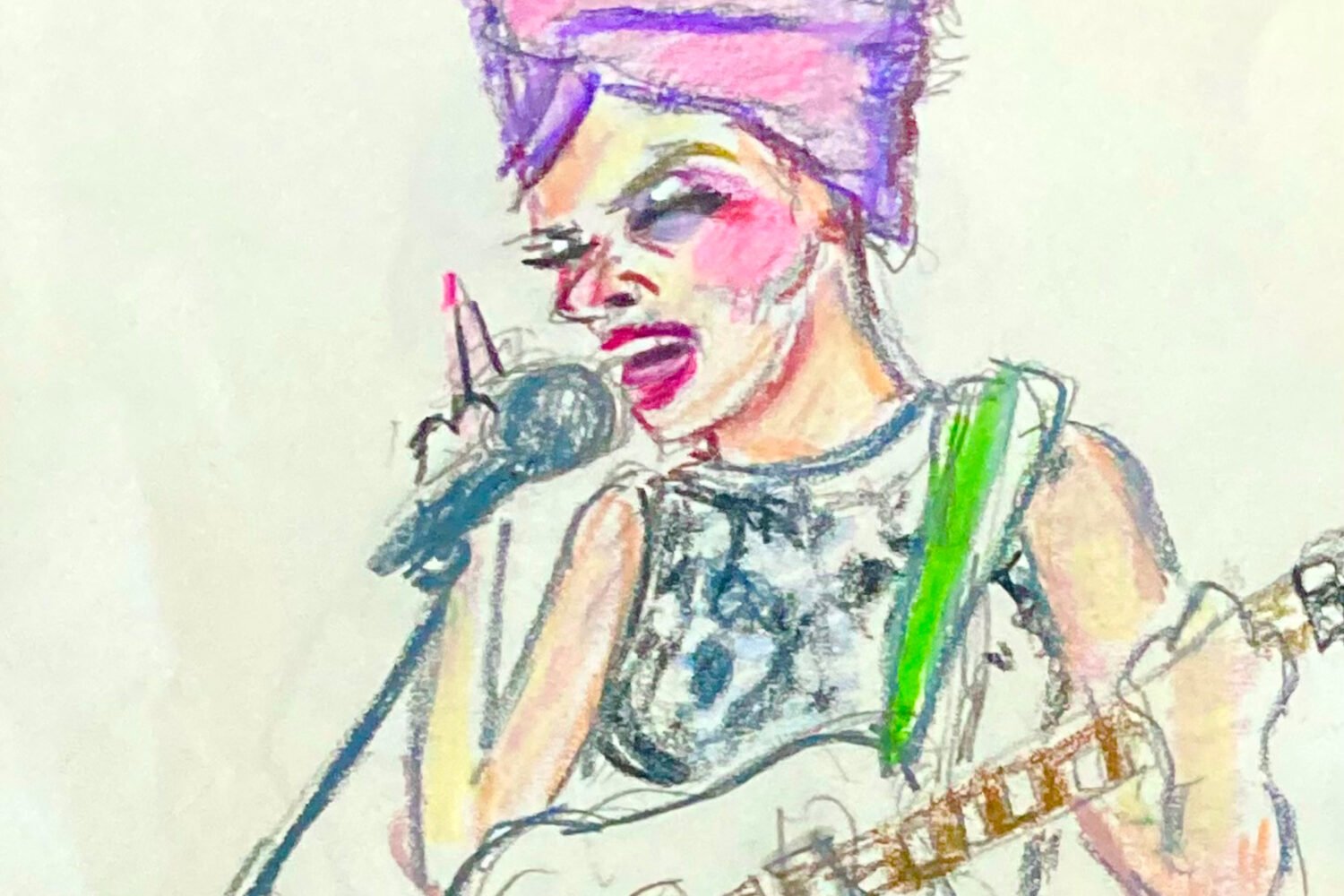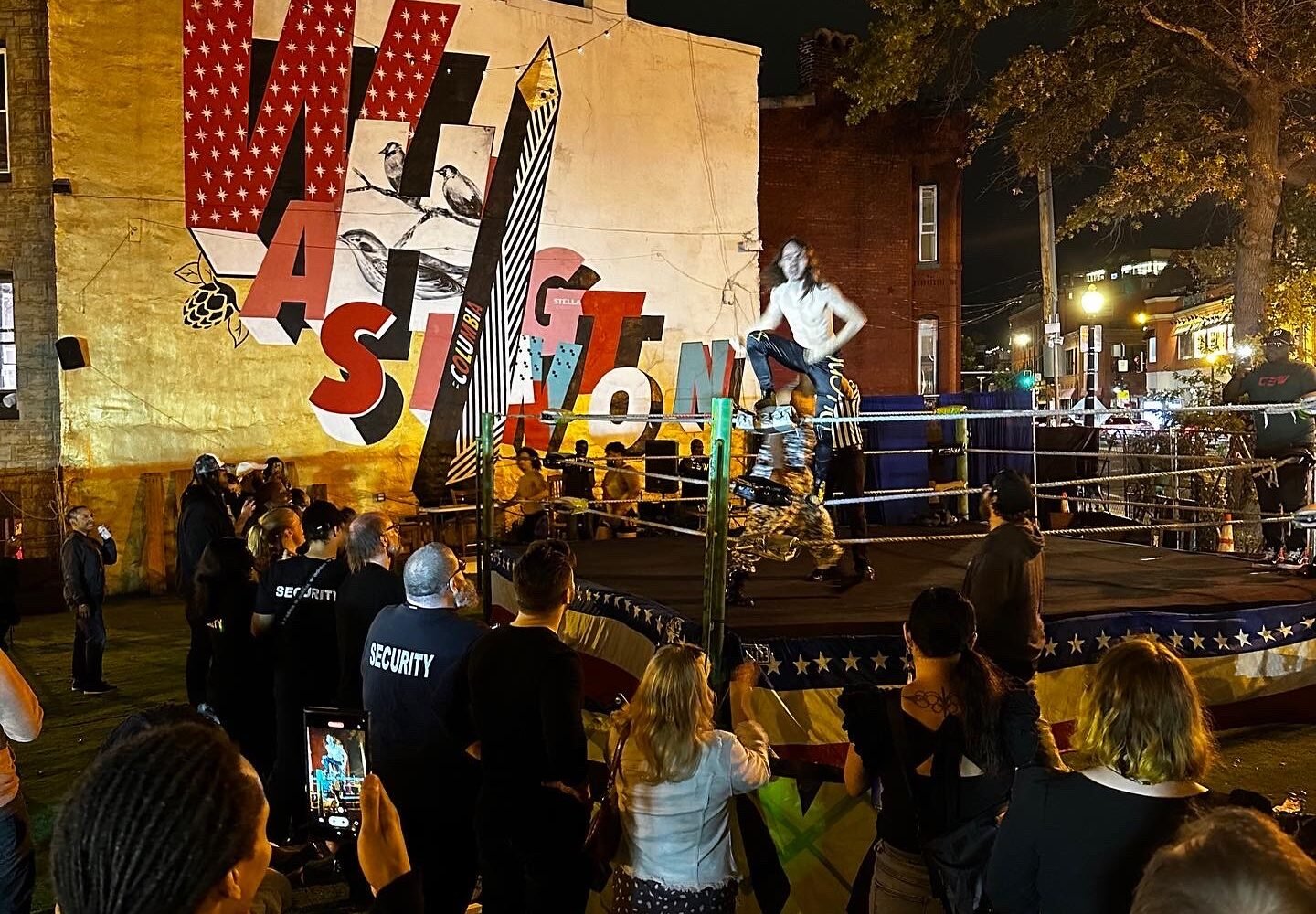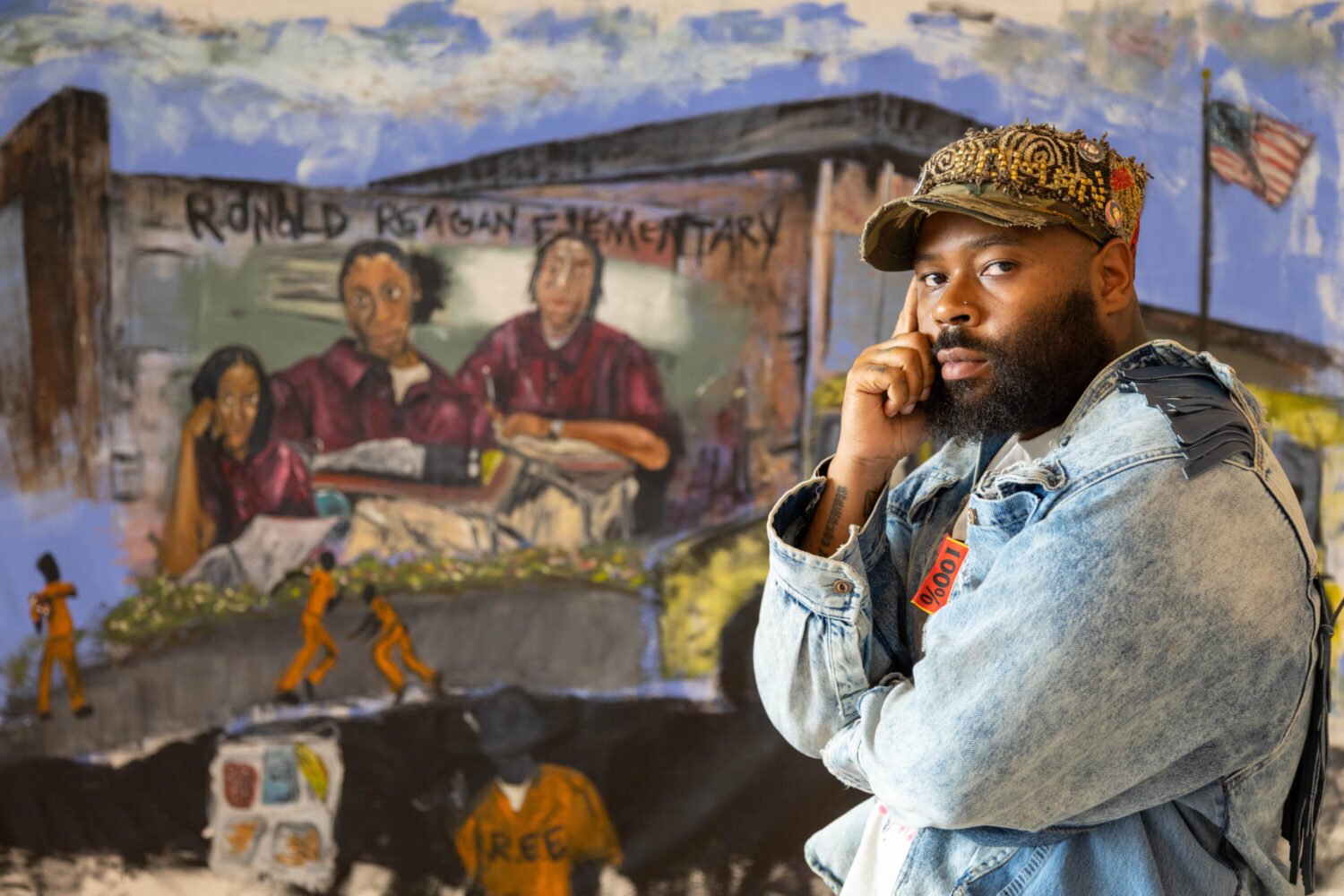
“Frida Kahlo: Her Photos,” currently on display at Artisphere, is something of a conundrum. The show includes replicas of 240 of Kahlo’s personal photographs (which were sealed from public view until 2007), curated by Mexican photographer Pablo Ortiz Monasterio. Given that Kahlo’s personal life—which included a tempestuous marriage to fellow artist Diego Rivera, a friendship with Leon Trotsky, and a bisexual affair with Josephine Baker—is almost more notorious than her art, the exhibition has the potential to be deeply insightful, and it’s a coup for Artisphere, which offers the only opportunity to see the photos in the US.
The snag is that not many of them are all that interesting. Kahlo herself appears in few, and the show is too detailed and extensive to allow for the careful attention it deserves. The photos—replicas made to look like originals by a painstaking aging process—are tiny, meaning you’re obliged to either squint or borrow a magnifying glass to peer through, and they’re far too numerous to sift through. Compared with Kahlo’s art itself, which is dazzlingly bold and visually striking, the images on display seem too limited a prism through which to interpret such a ferocious character.
Still, there are gems to be found. The show is divided into six parts, each dealing with a particular theme or period. The fifth part, titled “The Photography,” demonstrates Kahlo’s fascination with the medium and includes work given to her by a number of artists. Particularly eye-catching is a work by Man Ray of an unnamed woman whose features are so distinct they appear to be carved into a relief. There’s a composition by the Italian artist and political revolutionary Tina Modotti of an ear of corn, a guitar fret, and a sling of bullets, posed together in a comradely fashion, the corn appearing to be crushed by its weightier counterparts. And there’s a still life of wooden objects Kahlo composed herself, which feels strikingly graphic in its array of shapes and edges.
The rest of the show hints at, but doesn’t fully explain, the significant parts of Kahlo’s history: an accident at the age of 15 that left her bedridden with a crushed pelvis and a fractured spine, and subsequently unable to have children; her complicated relationship with Rivera; her many affairs with both men and women. And her life as a painter and her relationship with her art is almost totally overlooked, which makes sense since the show comes from a collection of personal snapshots, but feels unsatisfactory nevertheless. For Kahlo fans, there’s much to see here, but not much to marvel at—a shame, given its intriguing and tricky subject.
“Frida Kahlo: Her Photos” is at Artisphere’s Terrace Gallery through March 25. For more information, visit Artisphere’s website.
















